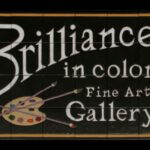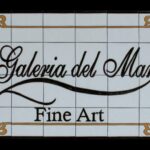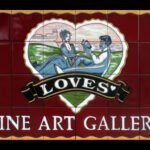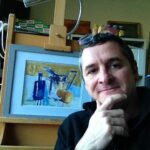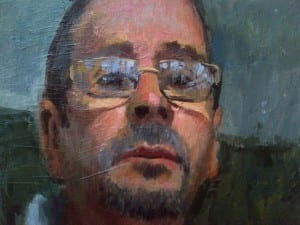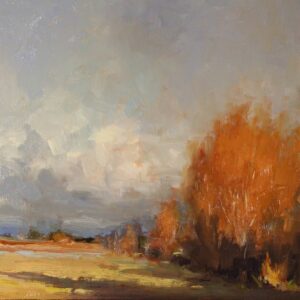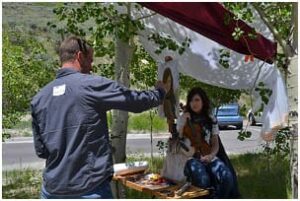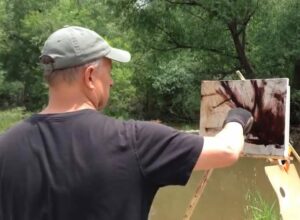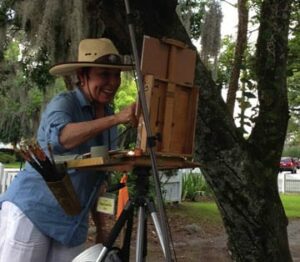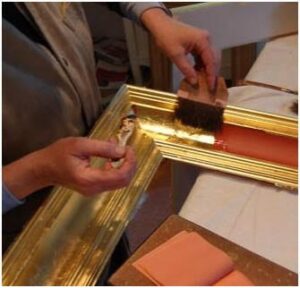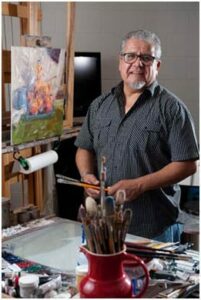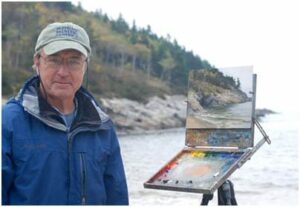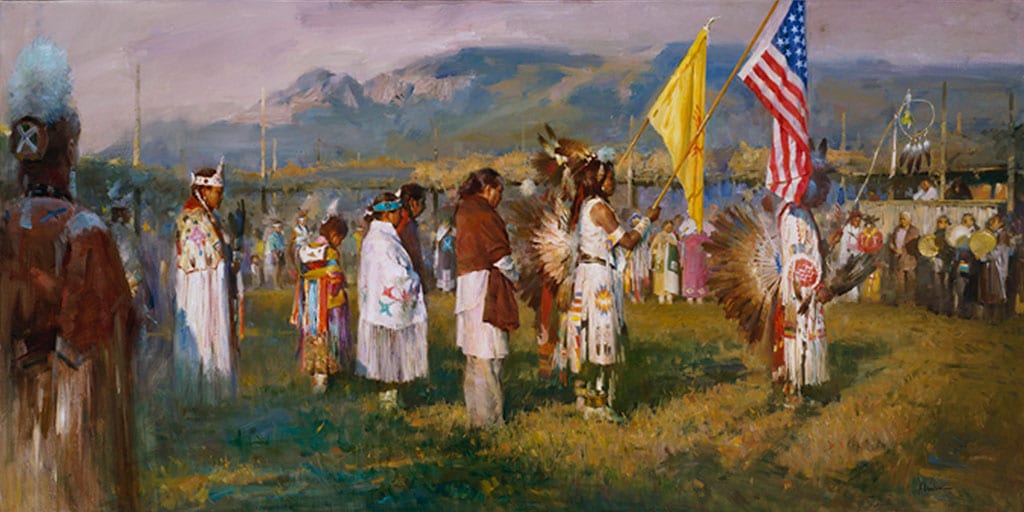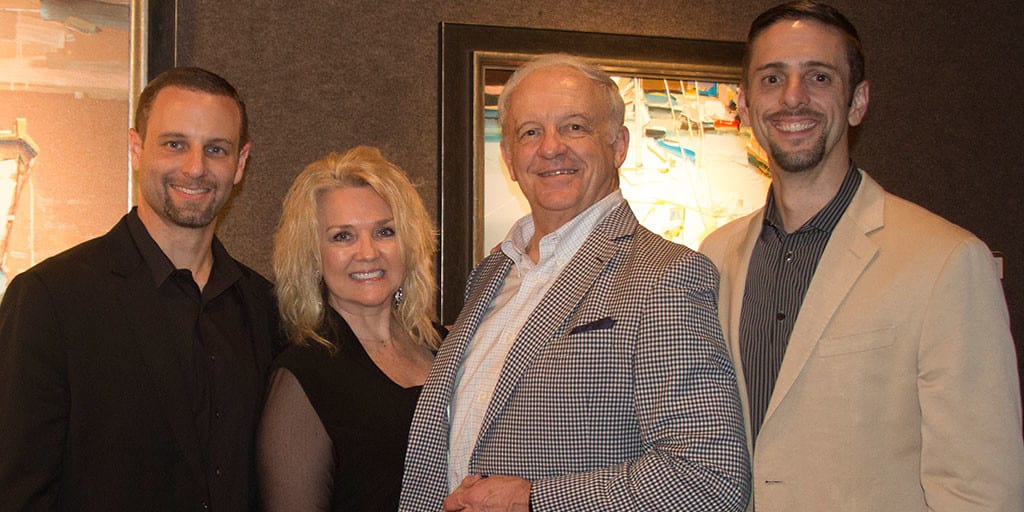
Len Cutter Interview
Owner of Cutter and Cutter Fine Art, Brilliance in Color, Galeria del Mar, Loves’ Art Emporium Galleries
St. Augustine, Florida
Host to the 24th OPA National Juried Exhibition
Q. How did you discover you wanted to sell fine art?
Q. When did you first start selling art?
Q. What is the biggest challenge in selling art today?
 With three large galleries in such a small town, our challenge is discovering art collectors (both potential and veteran) and separating the wheat from the chaff of the over 4 million tourists a year who pass through the Nation’s Oldest City. We have found that the look, feel and general appearance of our galleries coupled with a sophisticated and well-trained staff is essential.
With three large galleries in such a small town, our challenge is discovering art collectors (both potential and veteran) and separating the wheat from the chaff of the over 4 million tourists a year who pass through the Nation’s Oldest City. We have found that the look, feel and general appearance of our galleries coupled with a sophisticated and well-trained staff is essential.Q. How has selling art changed in the last 10 years?
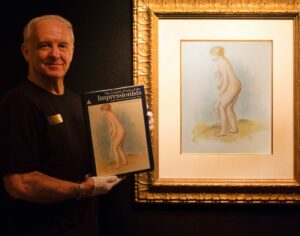 That is an easy one. In the past, our print programs were somewhat connected with an opportunity to sell the originals of those artist. Recently, we have noticed that the brisk markets we once enjoyed, specifically the lower end, mid level and upper end markets, have congealed into one market. That one market is now seeking, in the main, Original works of Fine Art. Some of our artists still have Fine Art Prints that do quite well for us. The shift however has been crystal clear: the current American buying public seeks “only the best” and that generally means original paintings.
That is an easy one. In the past, our print programs were somewhat connected with an opportunity to sell the originals of those artist. Recently, we have noticed that the brisk markets we once enjoyed, specifically the lower end, mid level and upper end markets, have congealed into one market. That one market is now seeking, in the main, Original works of Fine Art. Some of our artists still have Fine Art Prints that do quite well for us. The shift however has been crystal clear: the current American buying public seeks “only the best” and that generally means original paintings.Q. How do you differentiate your three galleries?
Q. What has influenced the style of the three galleries?
Q. What are your thoughts on ‘talent” in regards to being a successful artist?
Q. What are your feelings about artists selling their art online without gallery representation?
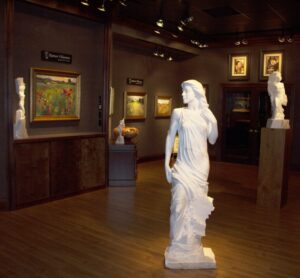 It is a free country. But here again, the market (collectors) is driving this issue. As a bricks & mortar dealer, we believe art dealers bring to the table that certain something that helps to promote longevity, name recognition and the client base that allows the artist to focus more on their creativity and not so much on the business side; which, on its face, looks very easy but, in fact, requires perpetual attention to detail and bringing artists to collectors in a professional and workmanlike manner. We create an art buying experience that cannot be replicated online.
It is a free country. But here again, the market (collectors) is driving this issue. As a bricks & mortar dealer, we believe art dealers bring to the table that certain something that helps to promote longevity, name recognition and the client base that allows the artist to focus more on their creativity and not so much on the business side; which, on its face, looks very easy but, in fact, requires perpetual attention to detail and bringing artists to collectors in a professional and workmanlike manner. We create an art buying experience that cannot be replicated online.Q. What are your thoughts on how artists should approach galleries and a career in Fine Art?
Q. Any thoughts that you really want artists to understand about selling fine art?
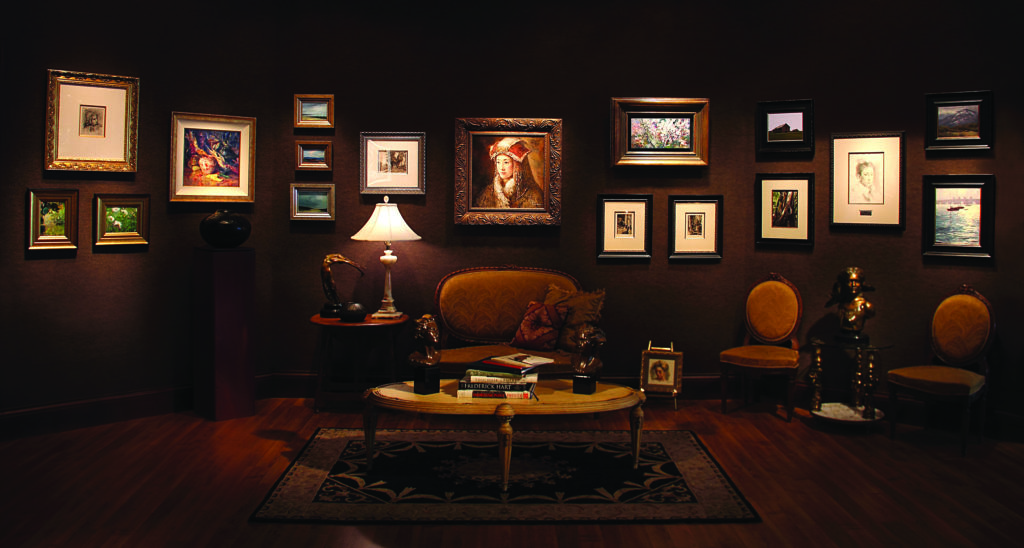
Wow…who wrote these questions? These are all great and insightful attempts to make the art business function better. Basically, “selling fine art” begins with the art itself. The paintings must be good, high quality and interesting. The colors, compositions and general ideas can be myriad, but the paintings, all of them, must appeal to the type of person that the gallery attracts. What dealer would not want to say to the artist “send me your very best”?
Q. Is there something about you and your work that you would like to share?
 I am not an artist. All right, I did try oil painting in my youth and everyone said, “You’ve got it” but I knew…I don’t “got it.” Ending up as a dealer, in a life that has found me doing many diverse things, finds me filled with enthusiasm for fine art. Without that enthusiasm, I am absolutely certain that I would not, and could not, spend the rest of my days selling the work of those who truly are…the artists.
I am not an artist. All right, I did try oil painting in my youth and everyone said, “You’ve got it” but I knew…I don’t “got it.” Ending up as a dealer, in a life that has found me doing many diverse things, finds me filled with enthusiasm for fine art. Without that enthusiasm, I am absolutely certain that I would not, and could not, spend the rest of my days selling the work of those who truly are…the artists.